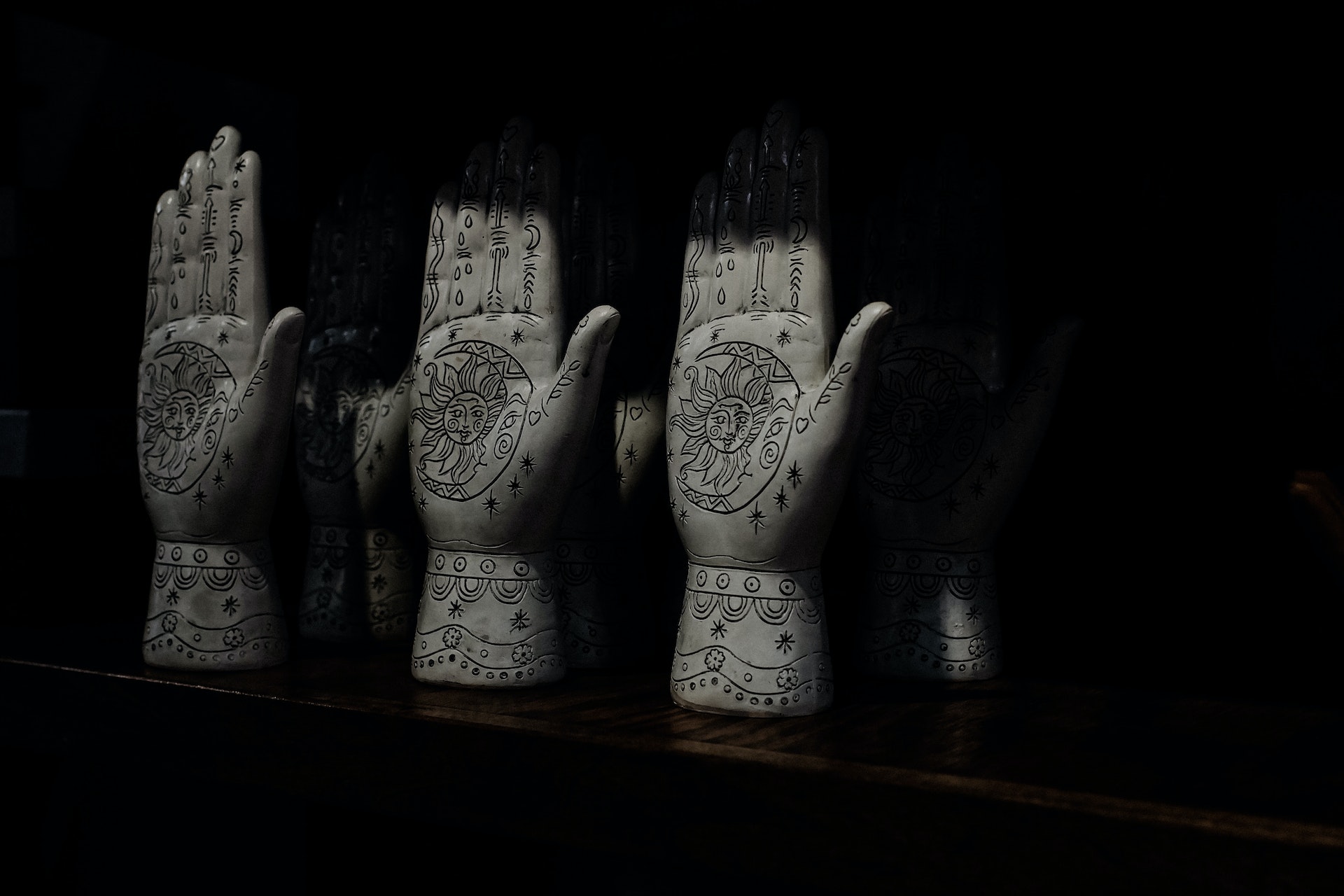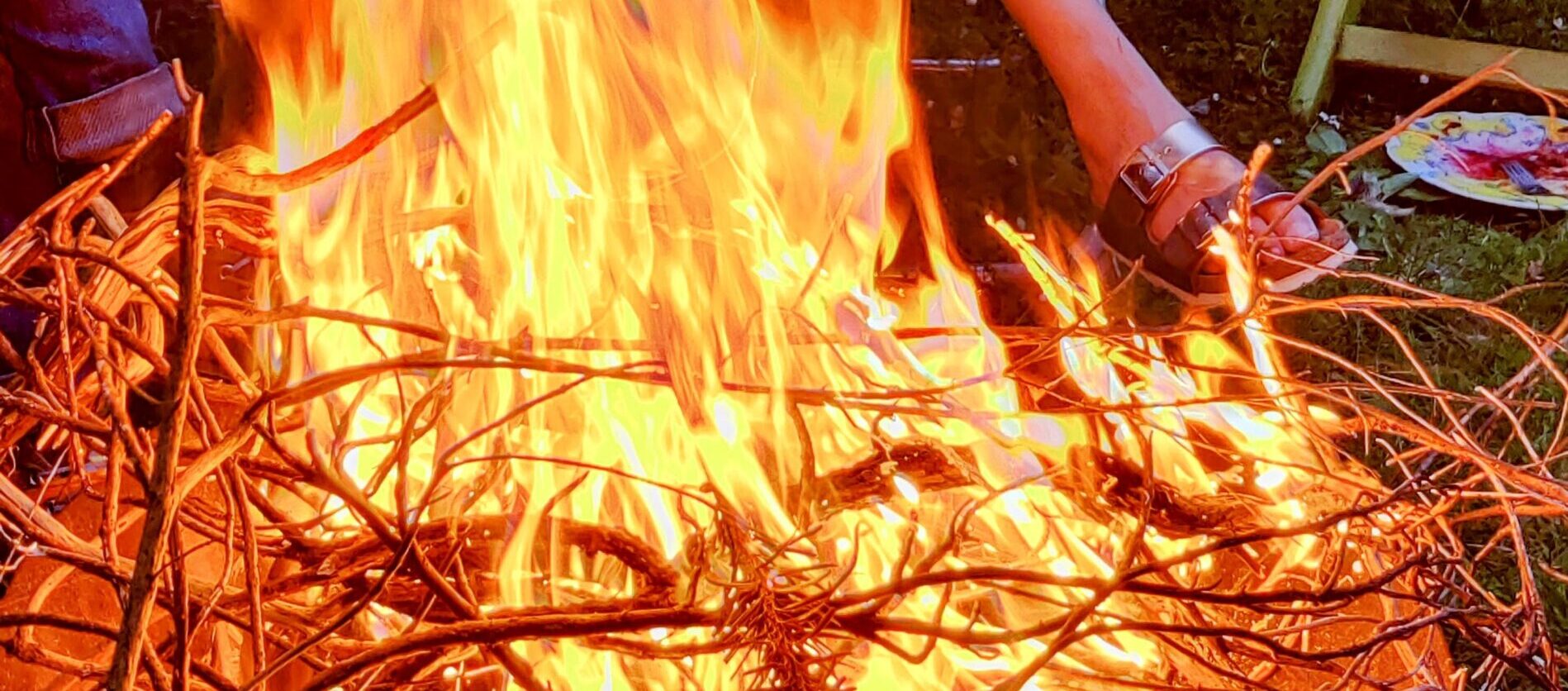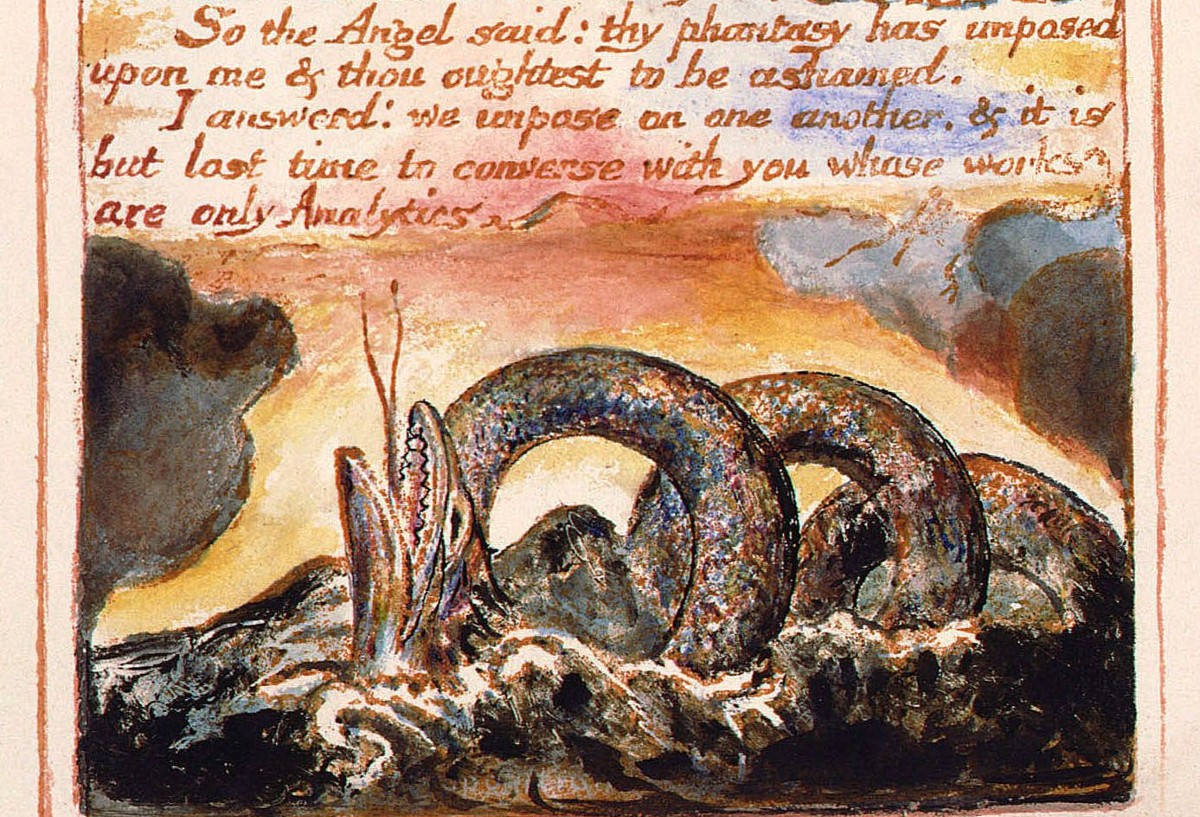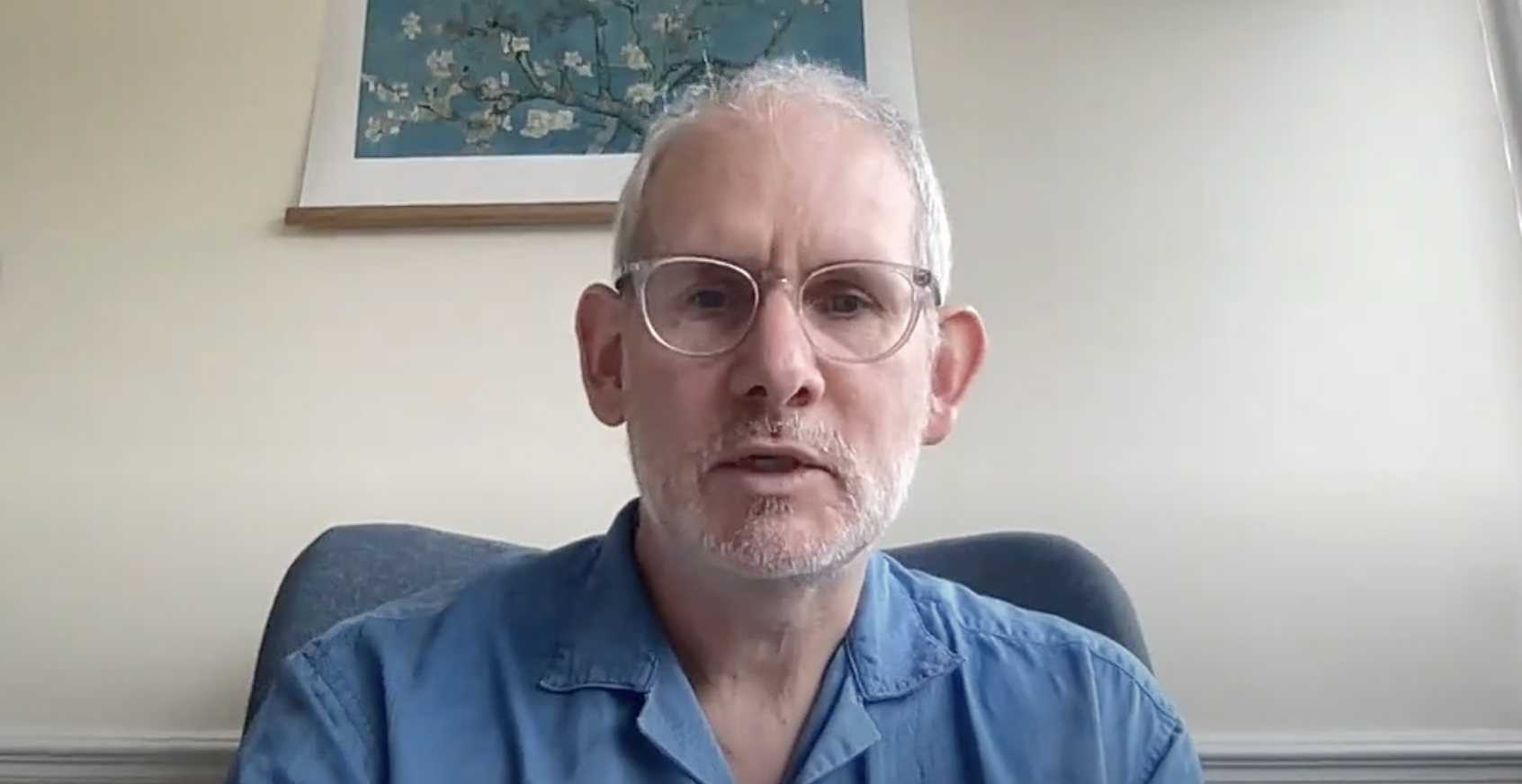
Does divination have a place in therapy? This might seem a strange thing even to question. The word divination comes from the Latin divinare, ‘to foresee, to foretell, to predict, to prophesy’. In every culture there are methods of divination, such as astrology, the I Ching, Tarot, palmistry, and so on, arising to meet people’s wish to know in advance what will happen, and to receive guidance on how to meet events in the world. Another common use of divinatory methods such as astrology is to gain psychological insight into oneself and others.
If we go further back, divination comes from the Latin deus, God, or Sanskrit deva, God, literally ‘shining one’. This suggests that divination might be a process of enquiry into the divine, of searching for divine light.
At one extreme, then, divination is used to predict the lottery numbers; and at the other, it’s an aspect of a spiritual search for God. It is a most human activity, subject to whatever desires we may have, to whatever it is that we regard as ‘divine’. Perhaps, then, it could have a place in therapy, where the aim is to help people with whatever challenges they face.
Conventional psychology is, as Henry Ford said of history, ‘one damn thing after another’: because that happened to me, I am the way I am today. Past causes lead to present effects. But this common sense approach turns out to be philosophically questionable. As the 18th Century philosopher David Hume showed, there is no logical justification for causality. We may observe on millions of occasions that heating water turns it into steam, but we cannot prove that this is due to a universal law. Also, if we follow a chain of cause and effect back to its beginning, it has to start with something that has no cause; if not, we are supposing the logical absurdity of an eternal chain. A belief in causality also implies a belief in something that breaks causality.
I’ve written elsewhere about synchronicity, Carl Jung’s ‘acausal connecting principle’, in which psychic and physical events coincide meaningfully. We can’t explain how synchronicity works, but we can observe that it happens. While conventional cause and effect could be said to explain most things that happen, there is no doubt that other, acausal, things happen too, in particular around the kind of traumatic events that psychotherapy often concerns itself with. To quote Babette Rothschild, a compassionate authority on trauma therapy, “A trauma client is often confronted with situations that mirror the issues being explored in therapy. It is a mystical, if common, occurrence. The client working on trauma from a car accident has a near miss; the one working on the aftermath of a rape is followed at night, etc. The popular term for this phenomenon is ‘synchronicity’.” 1
Rothschild suggests that a responsible clinician will make contractual agreements with trauma clients that protect them from such synchronistic repetitions. Weird Therapy posits a parallel practice – together with trauma awareness, we need thauma awareness. That’s to say, we regard synchronicity not only as a danger, but as an opportunity.
This is why we need a divinatory practice.
My own preferred method, which I have developed over several years, is Tarot cards. I first discovered the cards when experimenting with psychedelics, and found that they could be astoundingly useful in creating imagery that helped me to understand the meaning of a trip. The deck that I use is a modern one, the DruidCraft Tarot, which I found in a shop in Brighton. I didn’t know much about Tarot but I thought the pictures on the cards in that deck were the most interesting and beautiful. The accompanying book, written by Philip and Stephanie Carr-Gomm, was also full of useful psychological insight, and when I contacted the authors to thank them, I discovered that they lived less than a quarter of a mile from me, and Philip kindly invited me round for a cup of tea! Philip is the former Chief of the Order of Bards, Ovates and Druids, and also trained in psychosynthesis counselling, a similar tradition to my own.
Before working with a new client, I carry out a Tarot reading and note the cards that appear in the spread. I don’t use a conventional spread, but create a mandala with five or six cards that I trust represents the client in some way. As I work with the client I hold this mandala in mind and wonder about the meaning of the cards. With some it will be immediately obvious; with others, the cards are ambiguous or seemingly opaque. I find helpful here a term coined by Stan Grof, ‘Archetypal Penetration’. In cases of High Archetypal Penetration (HAP), the messages offered by Tarot or any other divinatory method will be powerful and urgent; in cases of Low Archetypal Penetration (LAP), they will not seem to offer much that is helpful. In the latter case, I usually work in a conventional way, with the assumption that the client needs mainly to understand developmental issues from the past. In the former, I am aware that something is trying to make itself known through synchronicity.

Usually I will not reveal to the client that I am working with Tarot. This is simply because of the potential effect such a revelation could have on the therapeutic relationship. Following Michael Soth’s model of the relational spectrum, we need to try to avoid being, at one extreme, a magician or a Fairy Godmother (overpowering); and at the other, a foolish and incompetent practitioner (too weak to be of use). Depending on the client’s beliefs about something like Tarot, there is a danger of either. Often, however, a client will be open to and interested in the use of the Tarot, and it can become part of the therapeutic practice to draw cards during a session. When powerful cards fall out during a session and reveal or confirm important therapeutic themes, it can be extremely supportive for the work.
Once I did a spread in anticipation of the arrival of a long-term client, a closeted transvestite male. The central card was The Tower, also known in the Marseille deck as La Maison Dieu, “The House of God”. Just before our session was due to begin, the sky grew rapidly dark, and lightning struck the church opposite my office. Shortly afterwards, my client entered in full drag, with lipstick, makeup and painted nails. I had never seen ‘her’ before. The card depicts lightning striking a tower or church, and two figures, male and female, falling from the tower. Traditionally, this card signifies a sudden, violent illumination, and a shattering of false knowledge and false alliances.
1 Babette Rothschild (2000) The Body Remembers: The Psychophysiology of Trauma and Trauma Treatment. New York: Norton. p89
Copyright © 2022 My Sunset by Bogdan Bendziukov.




